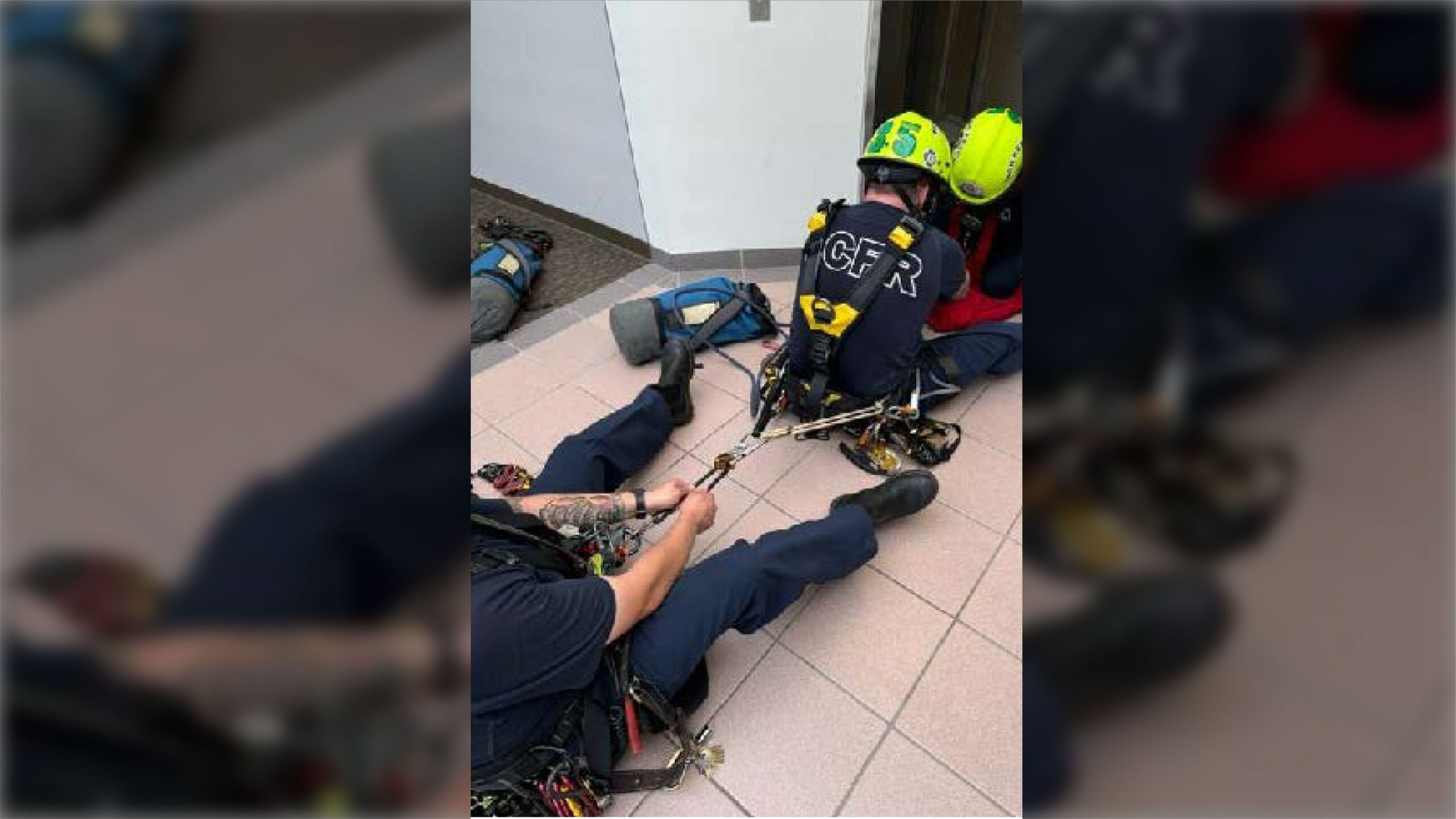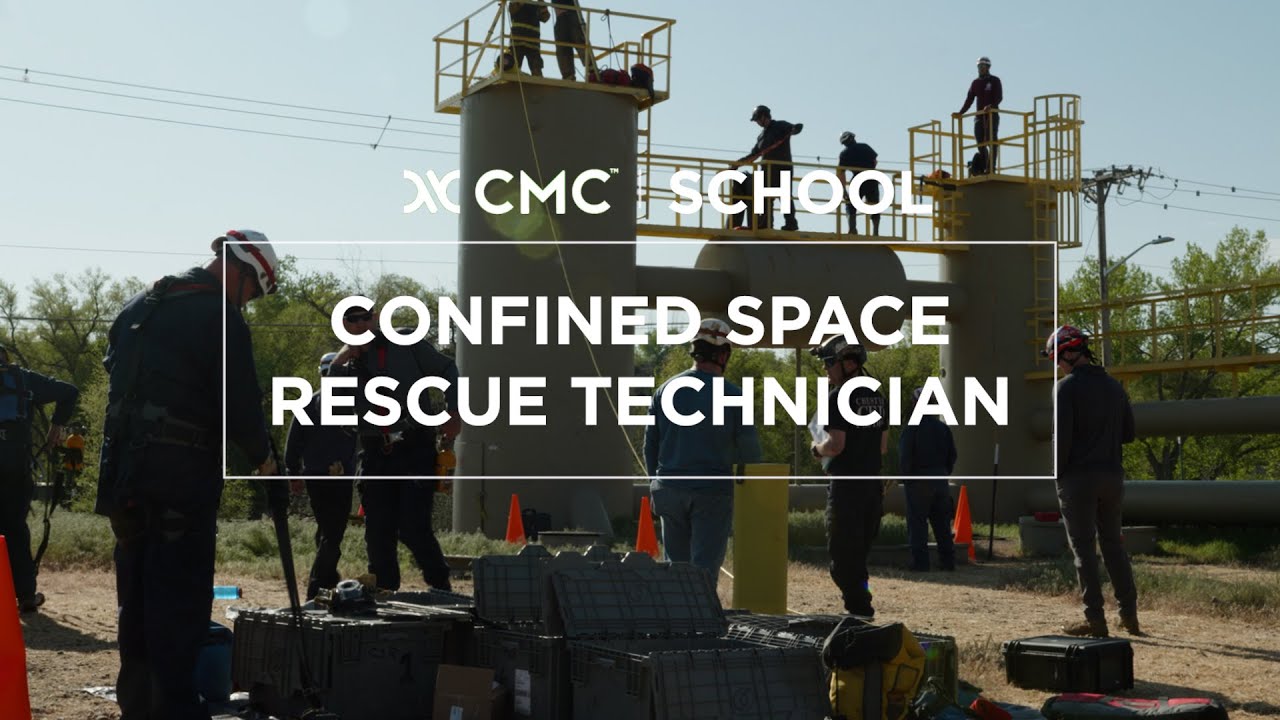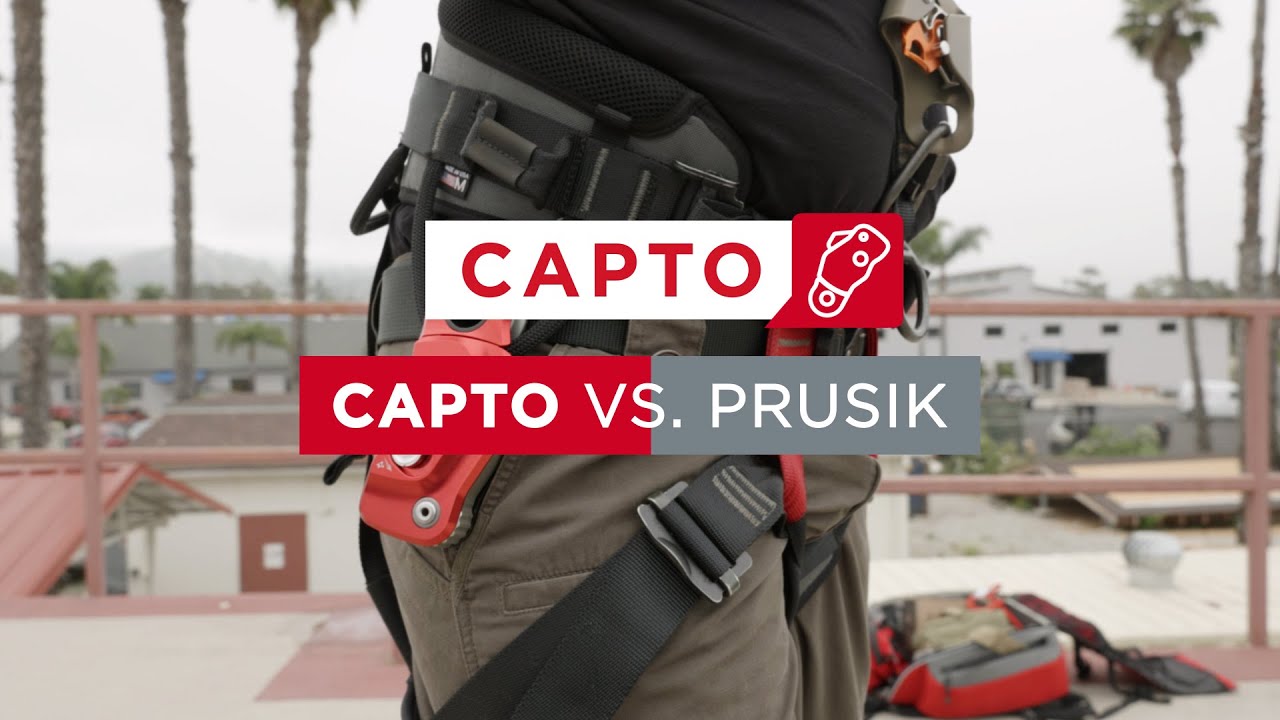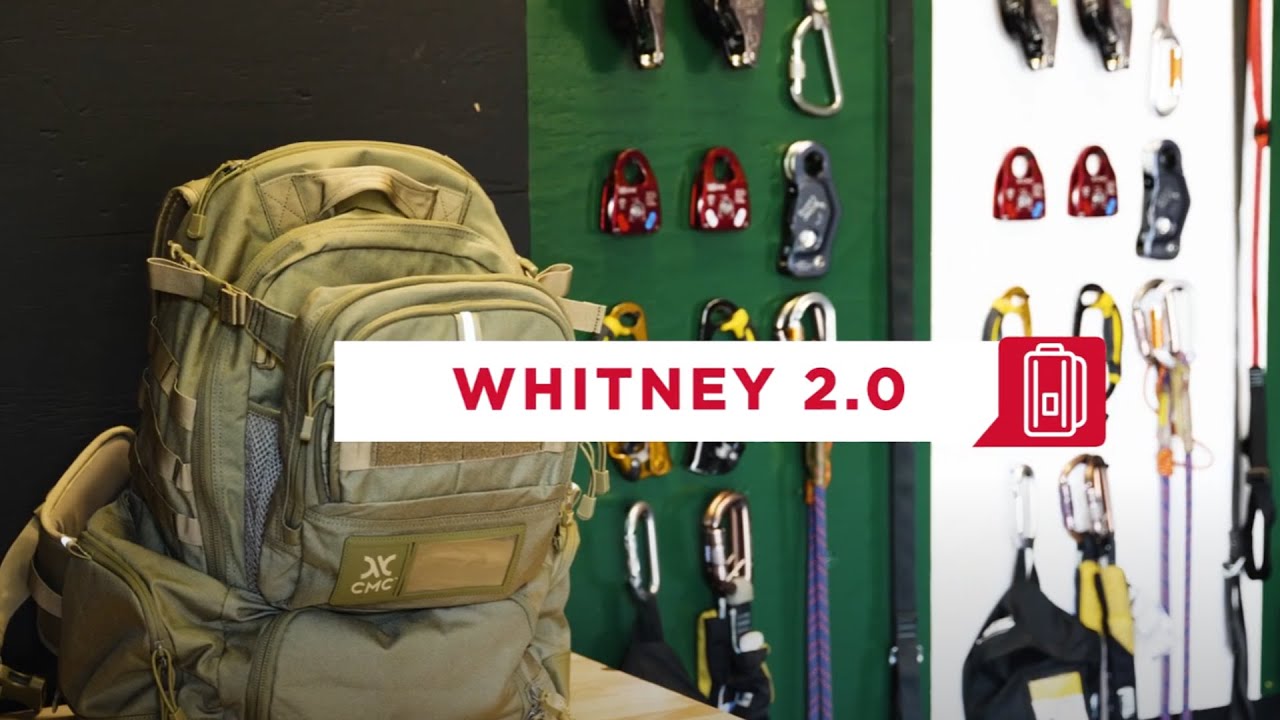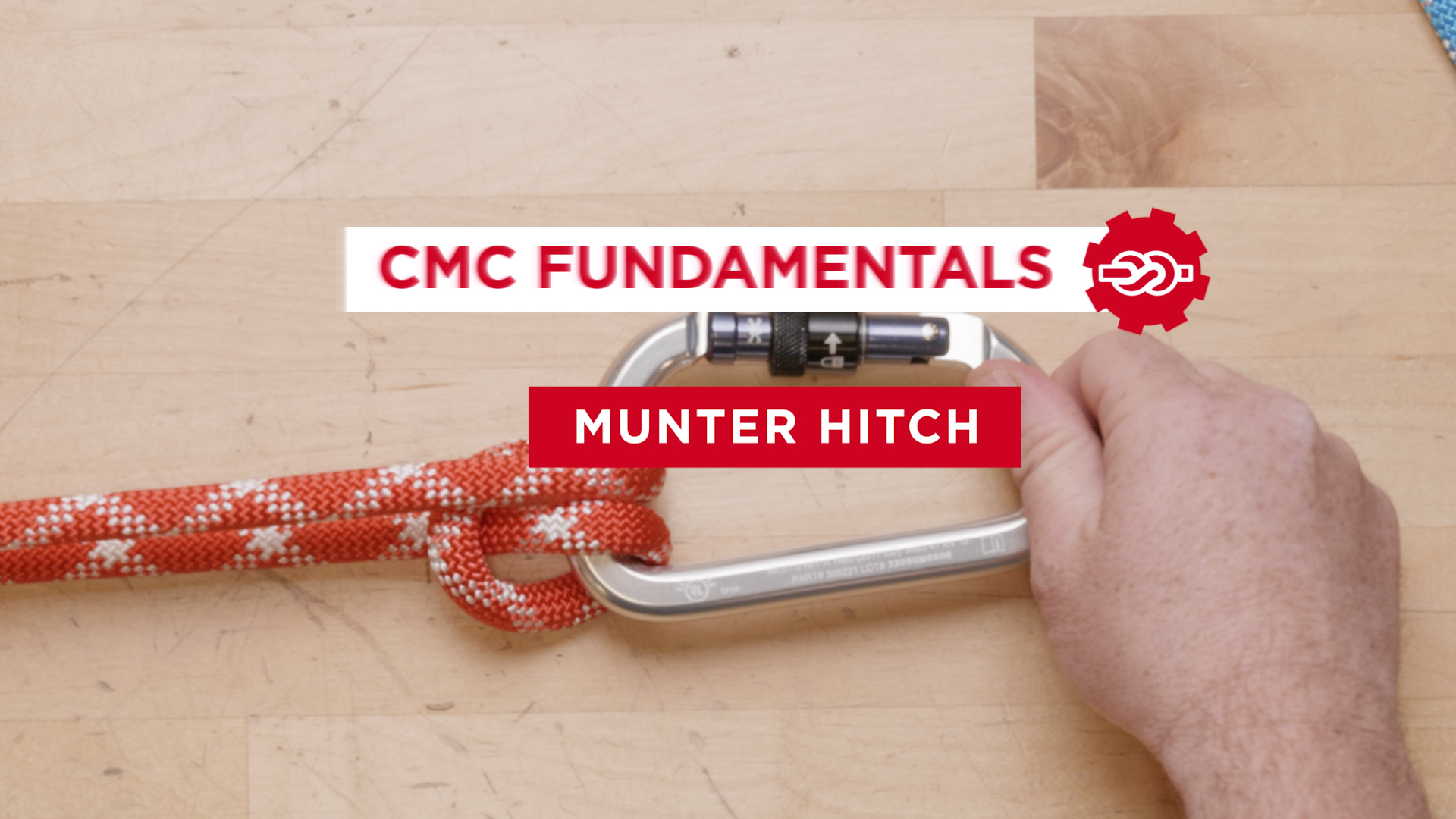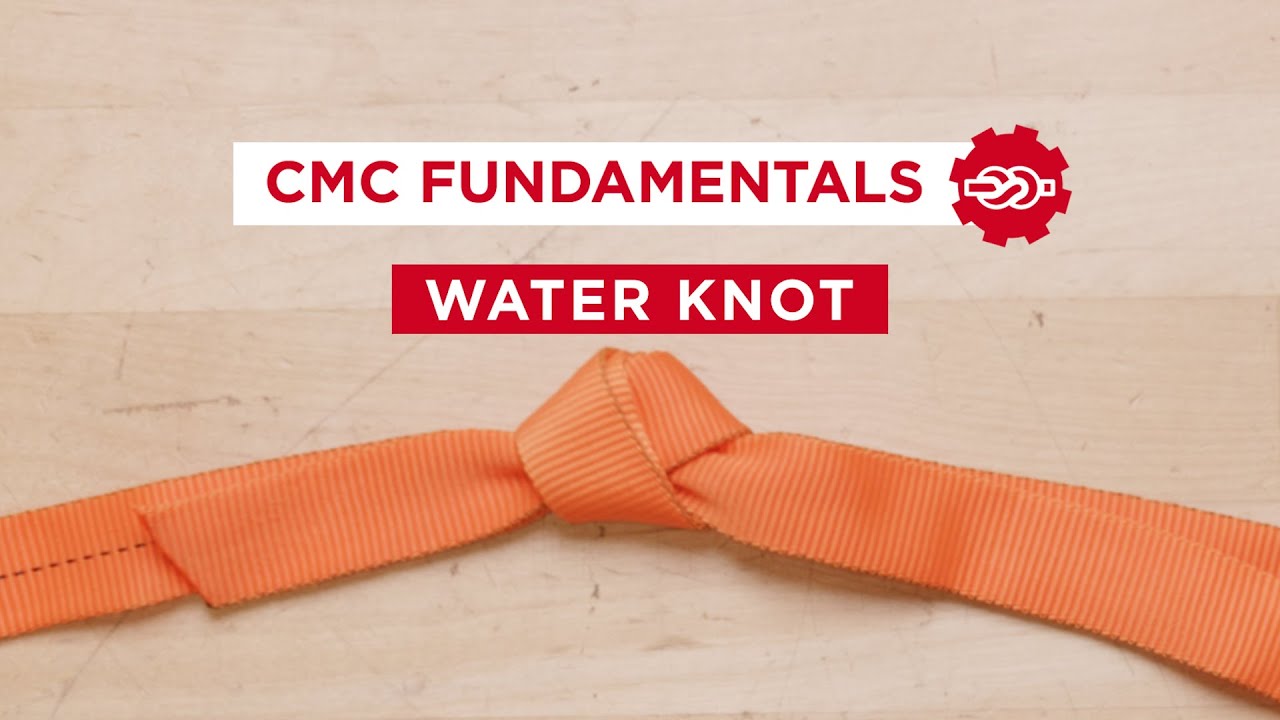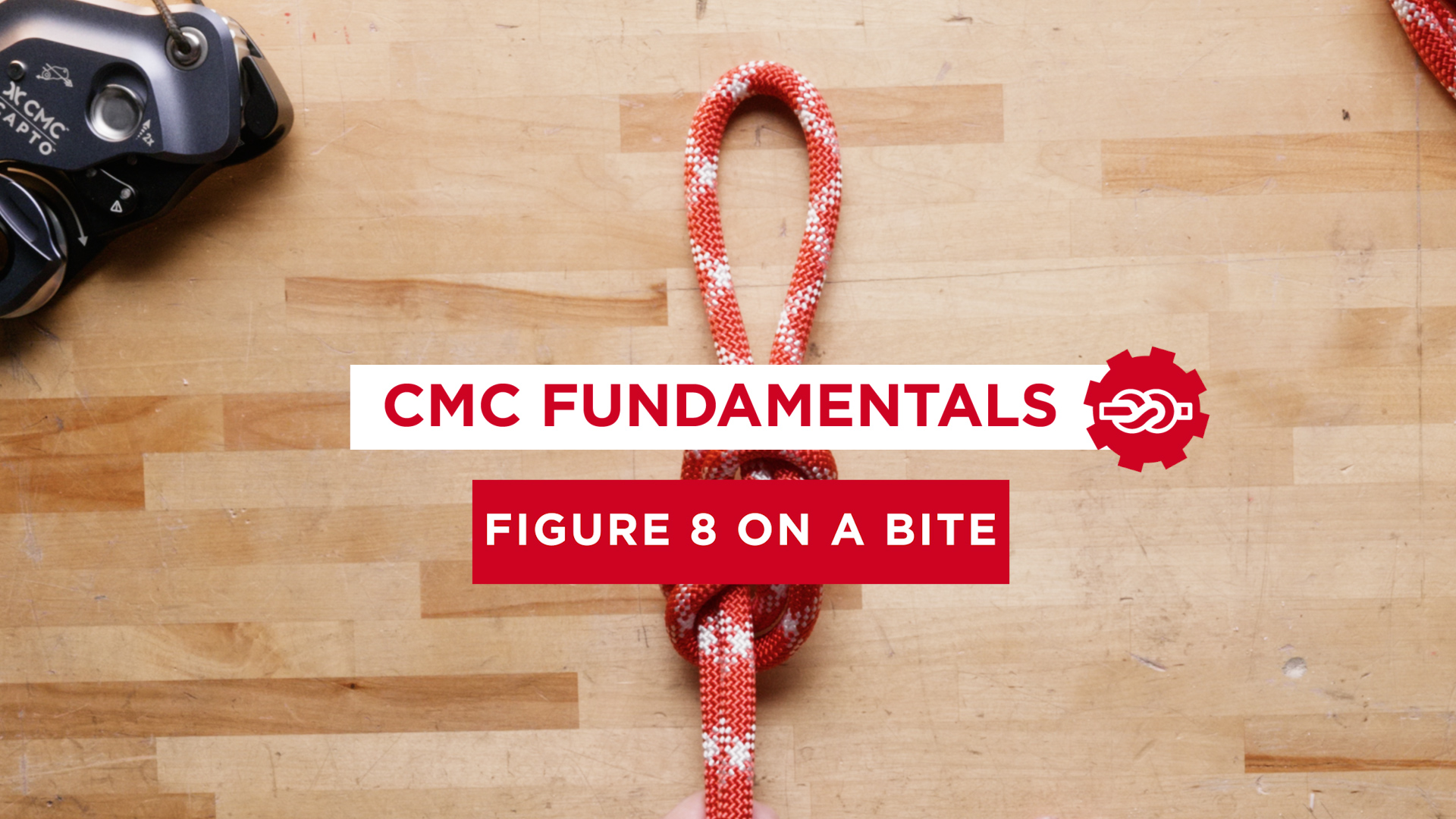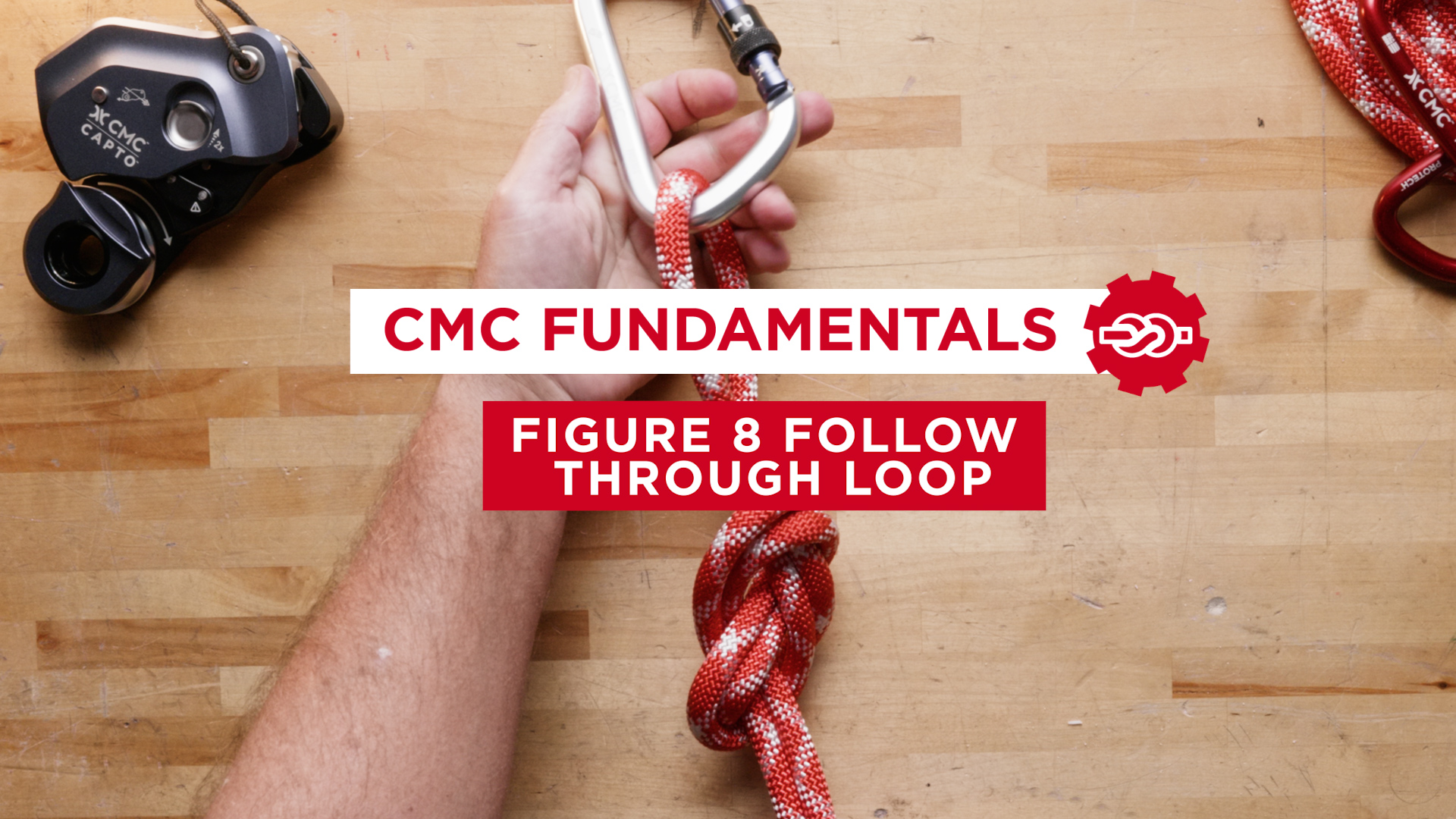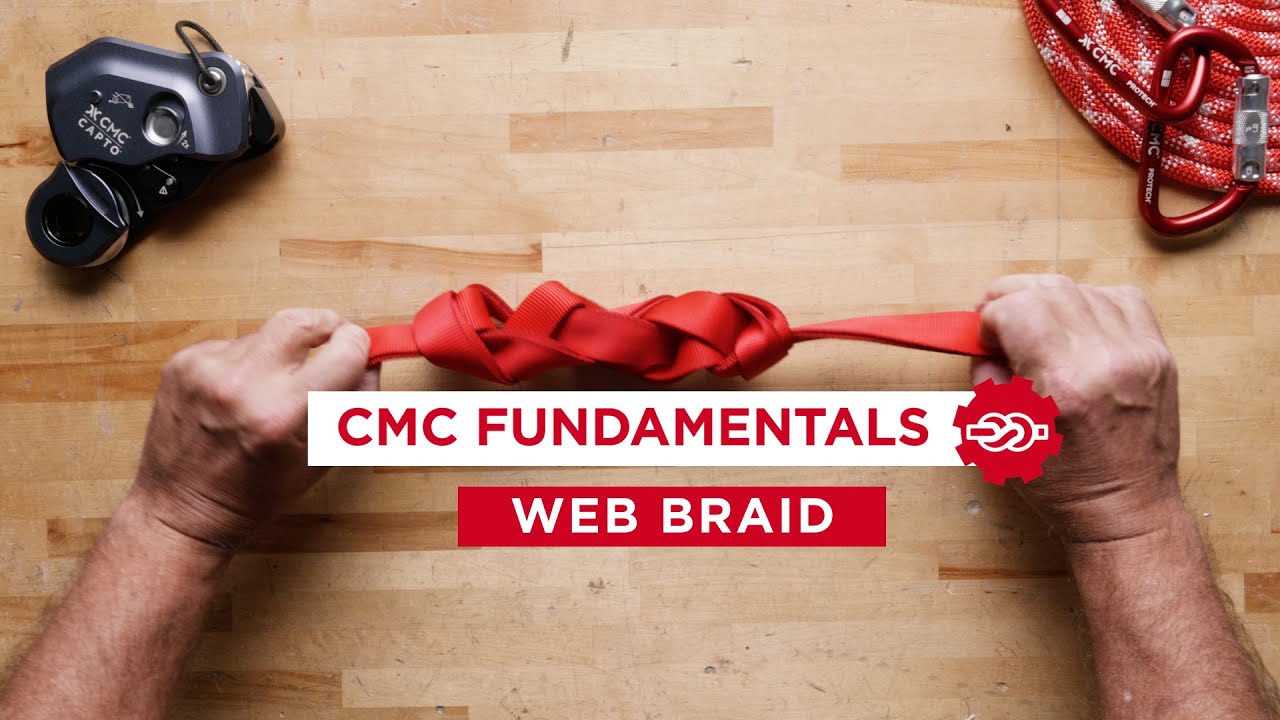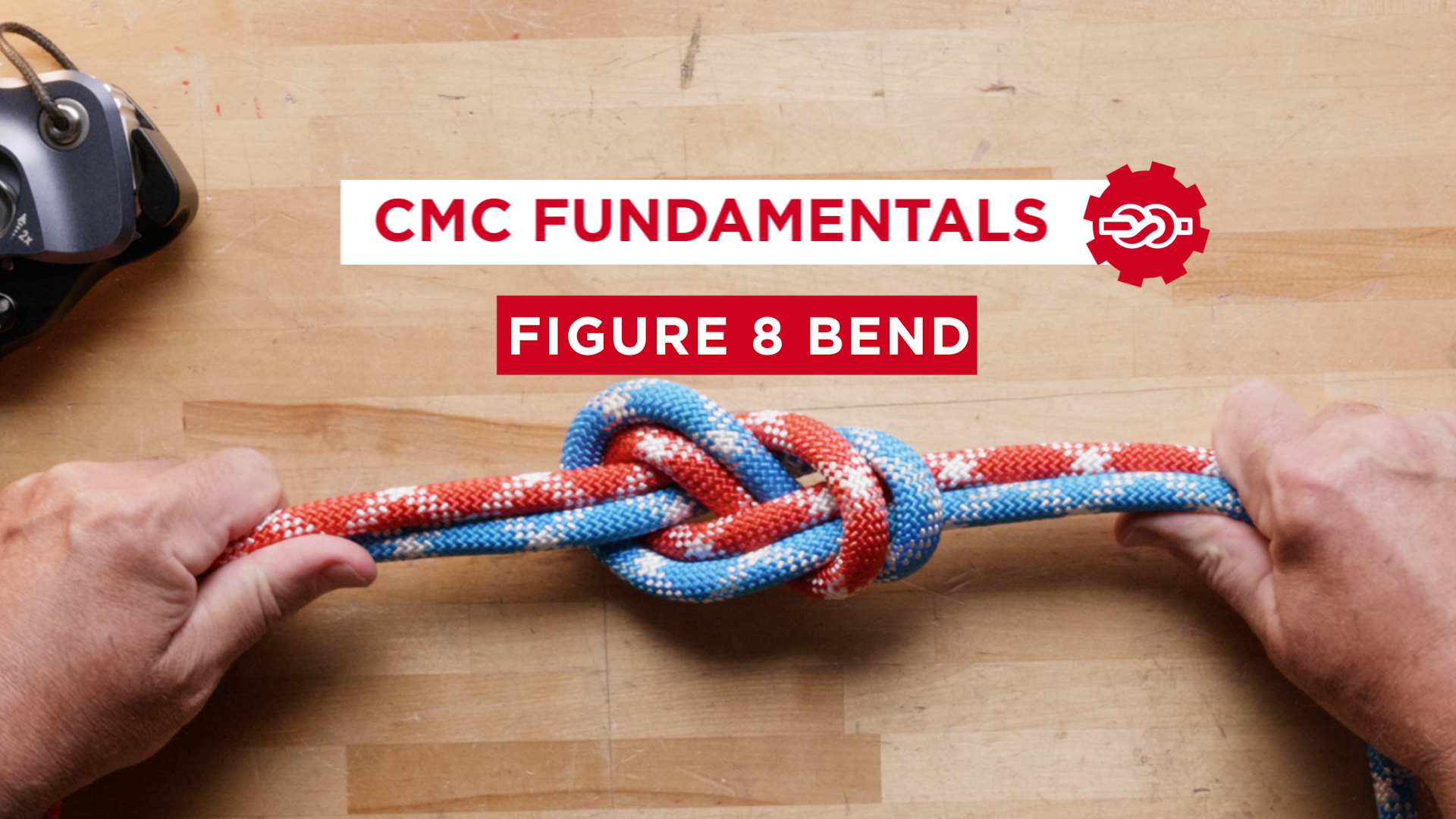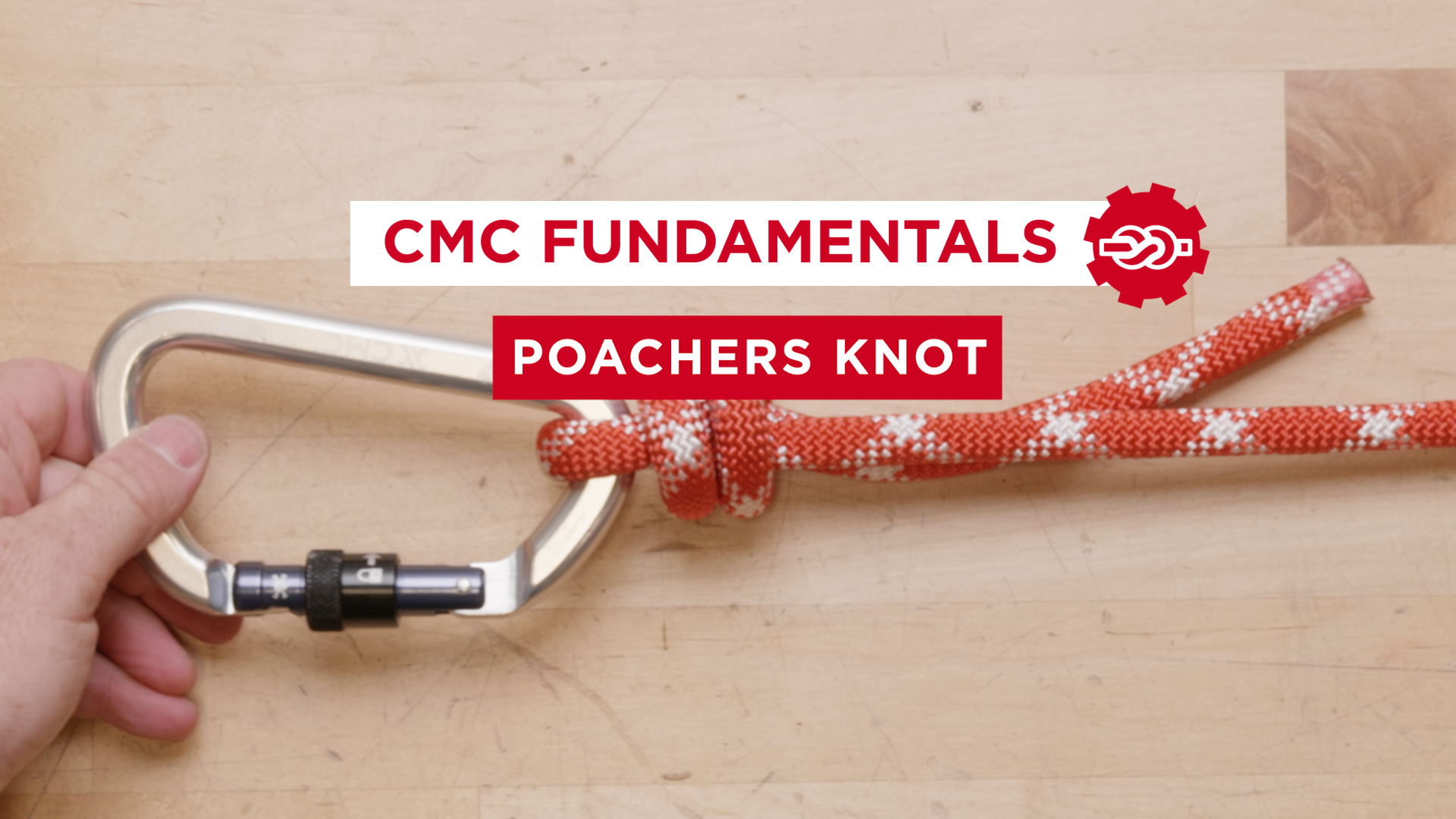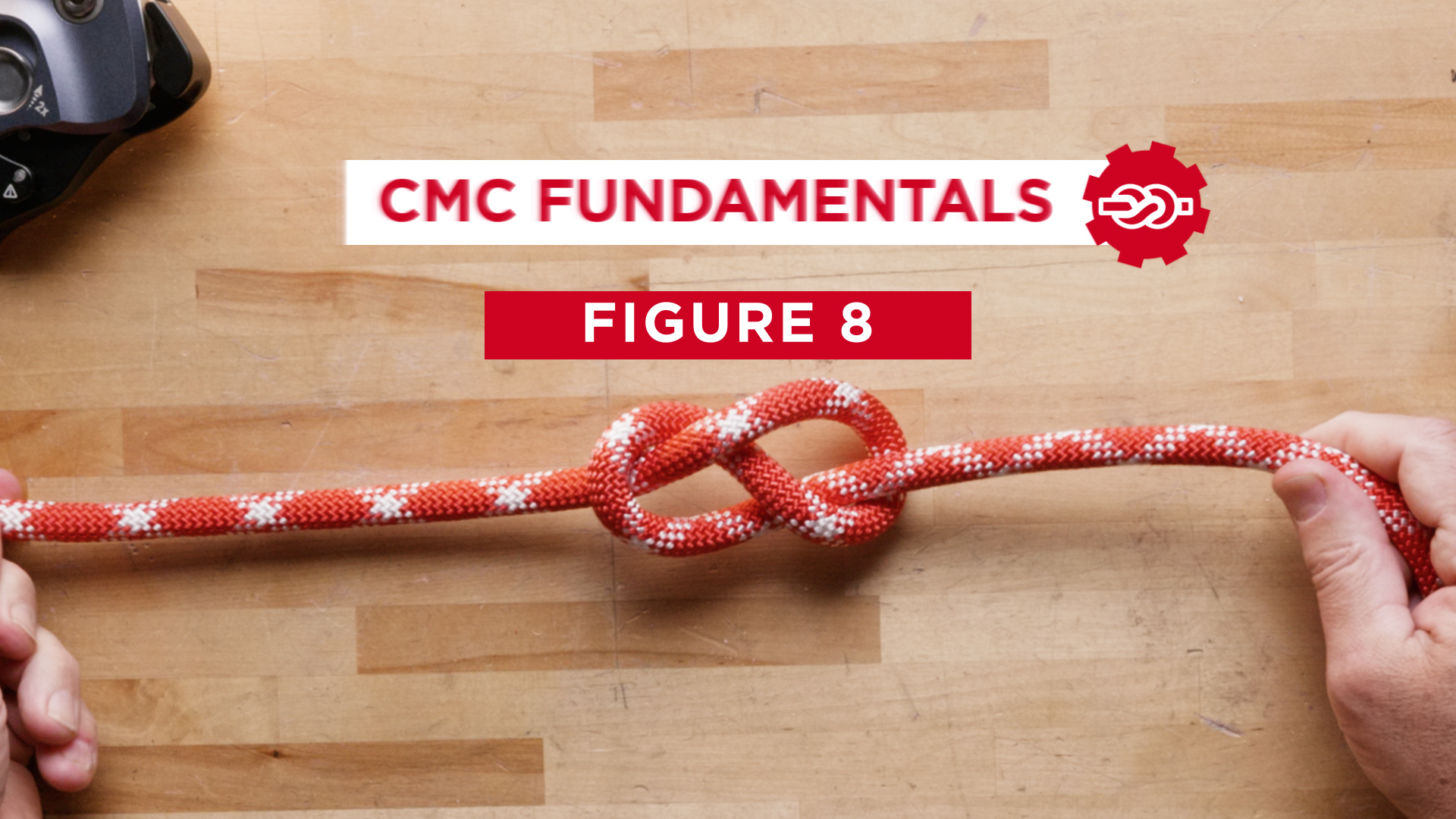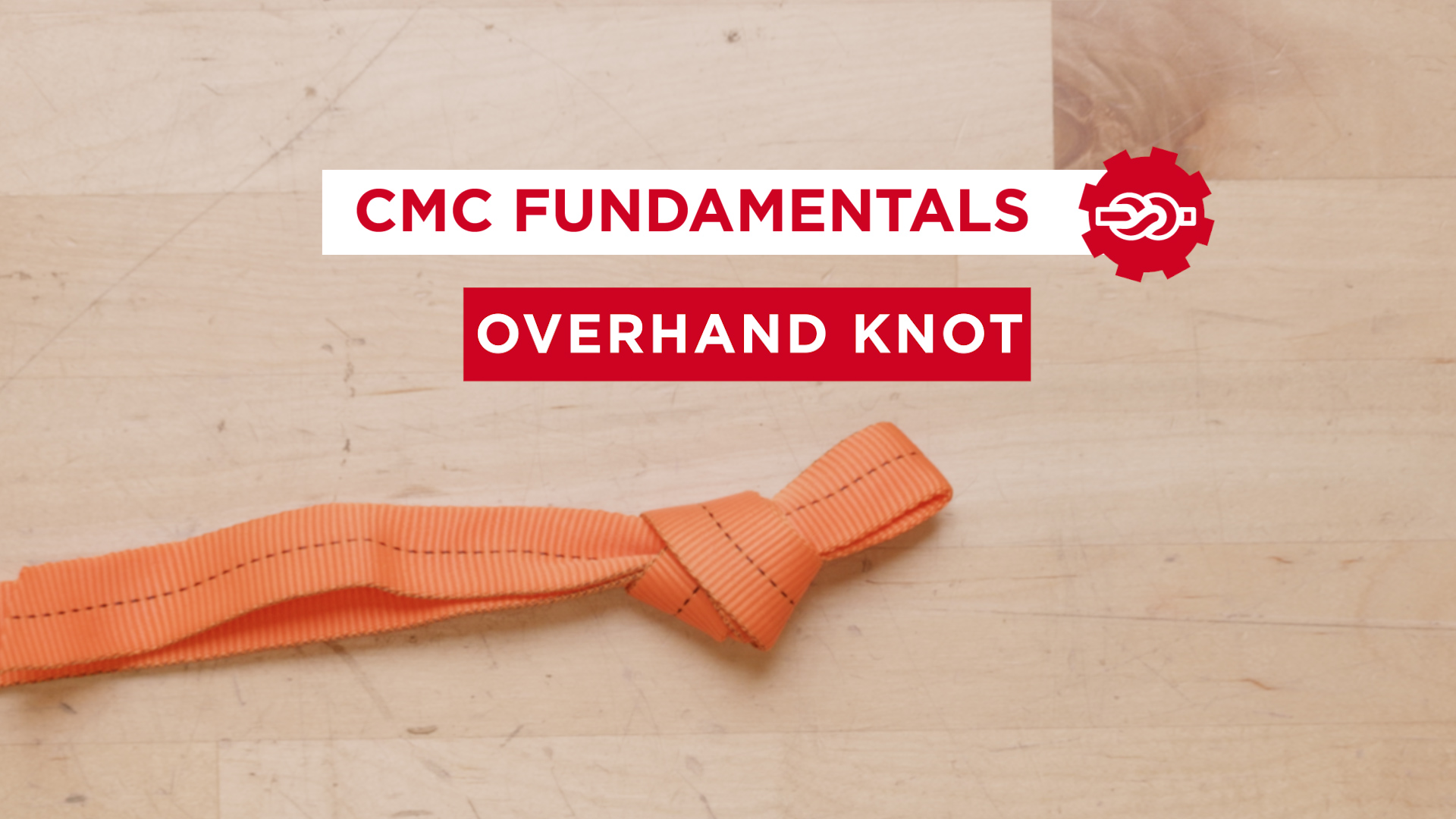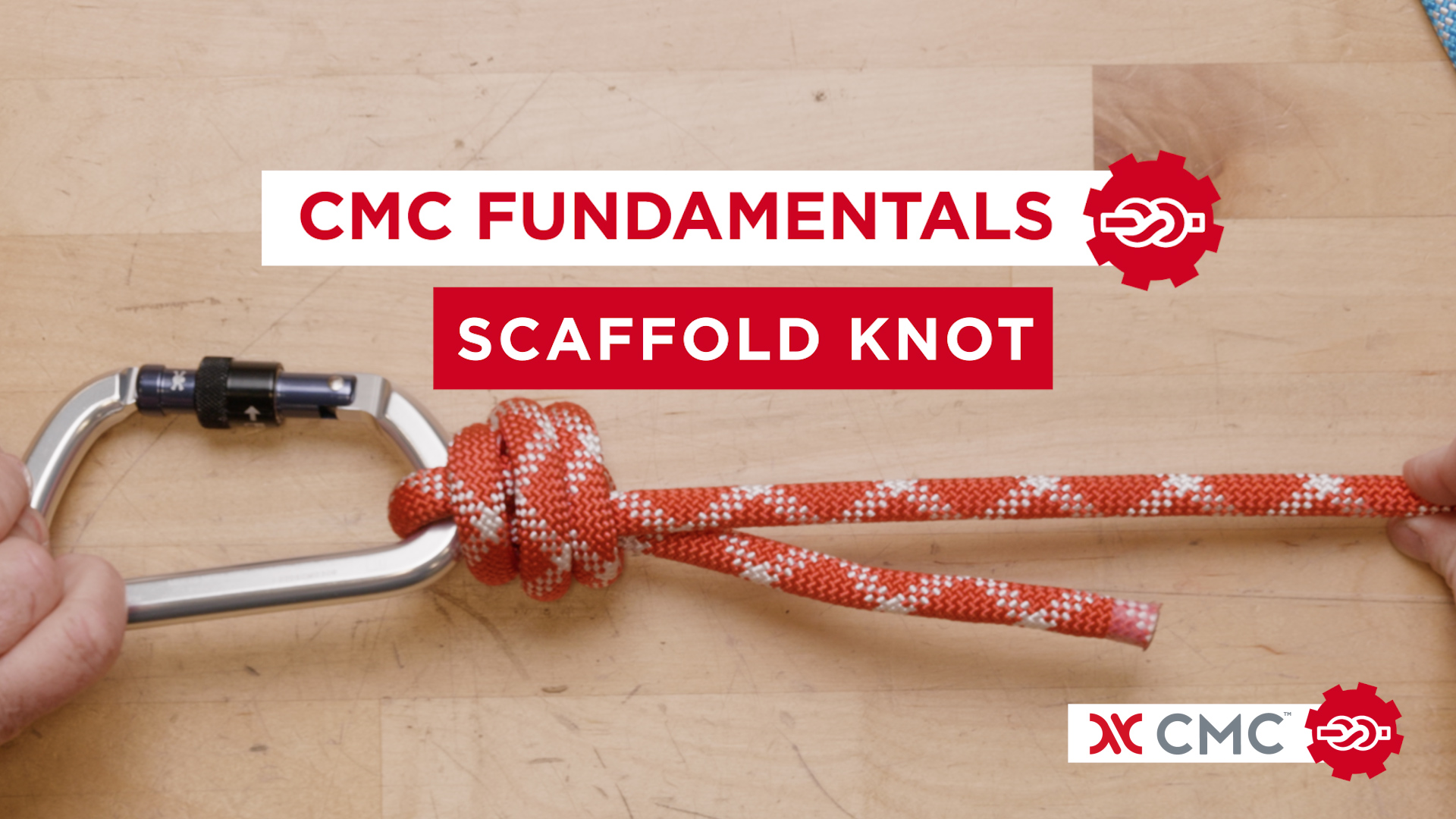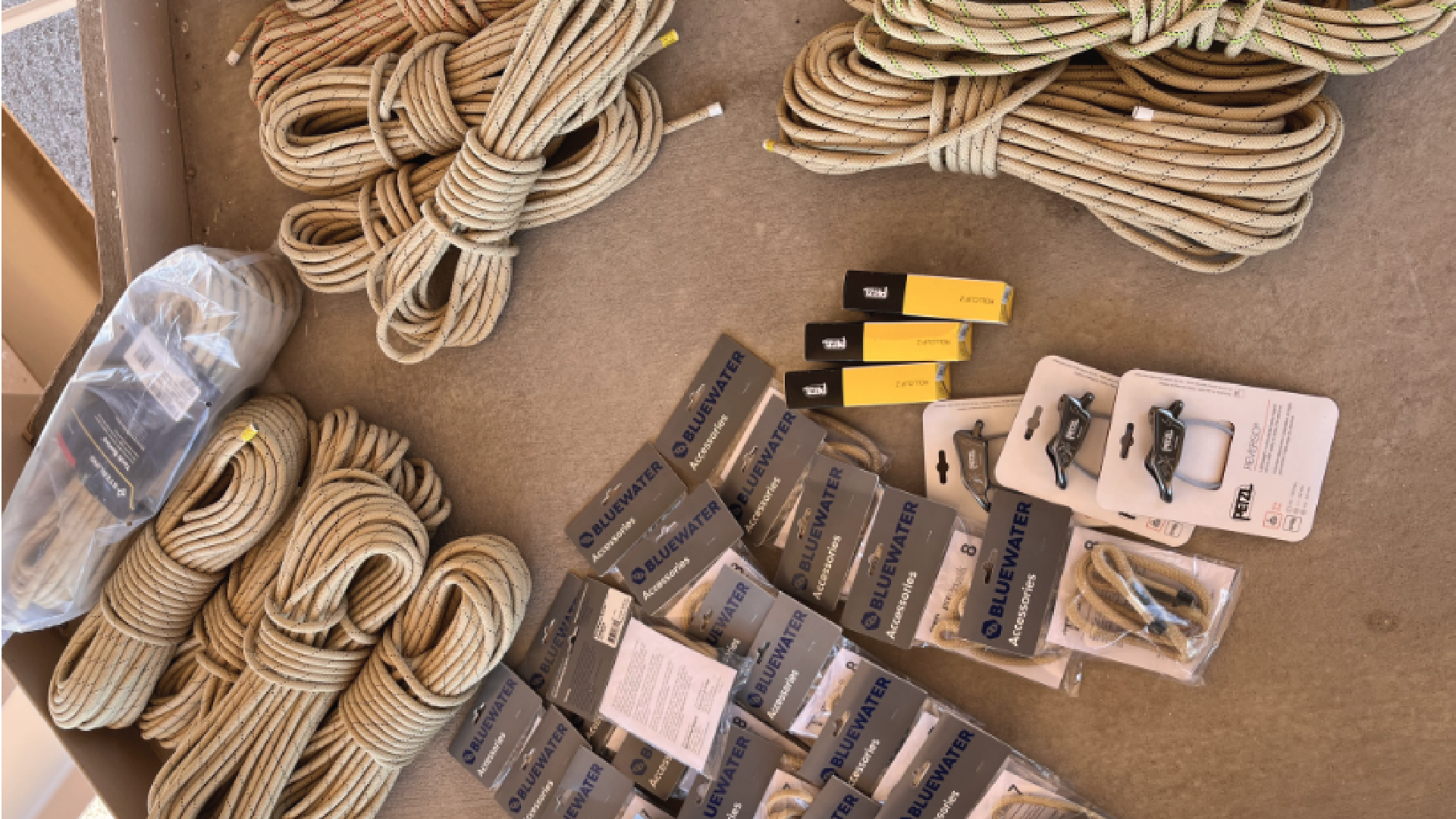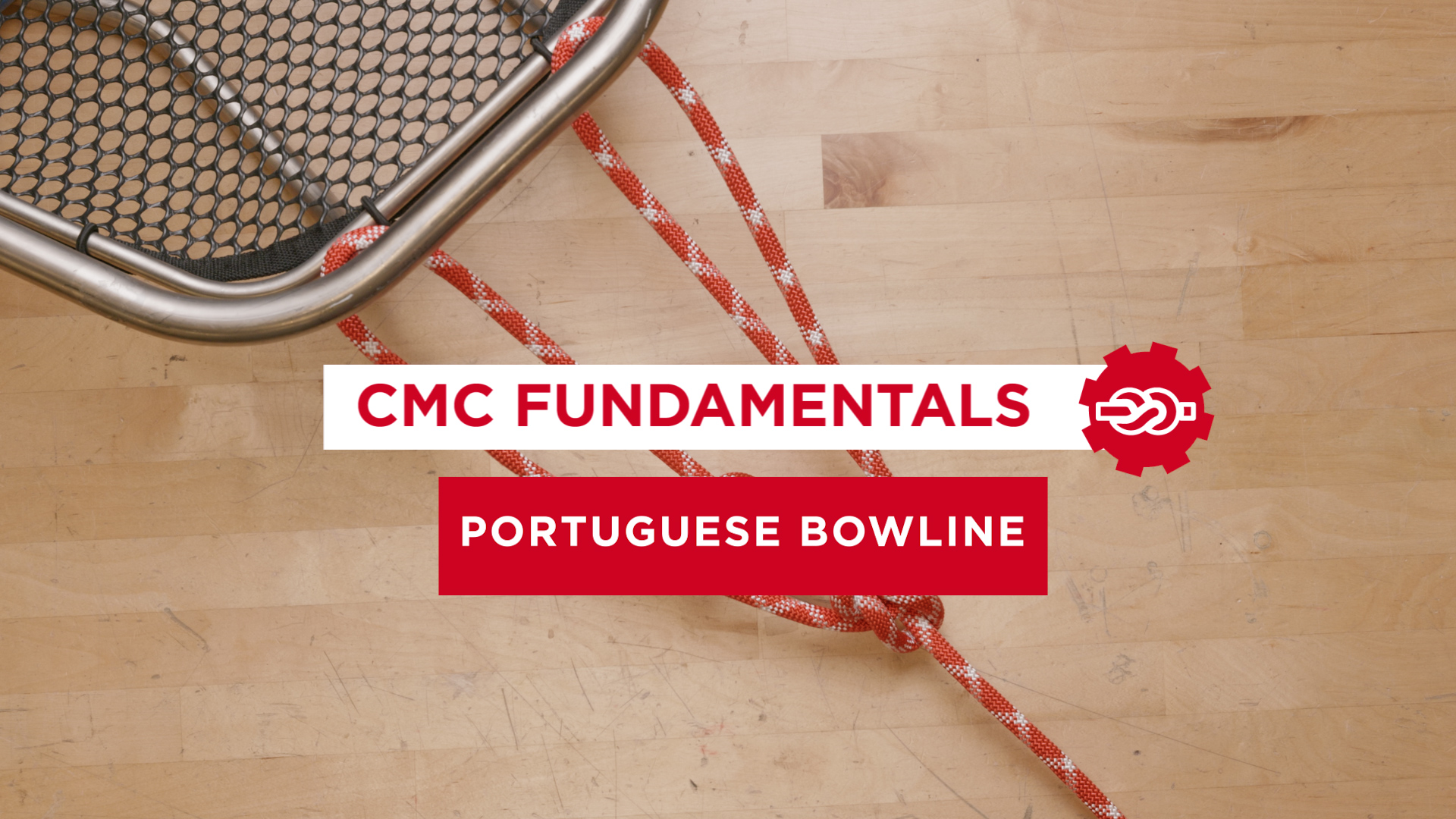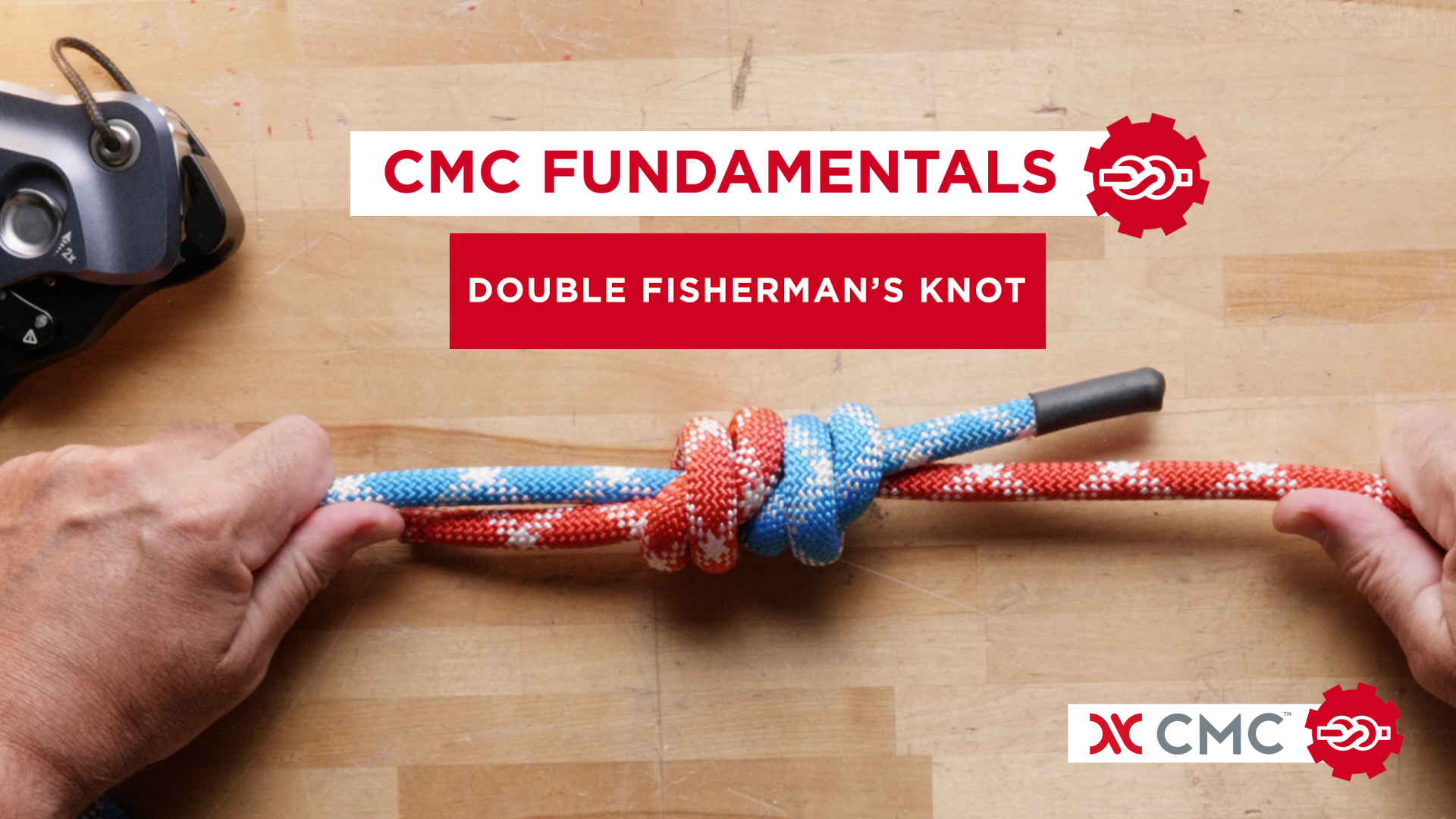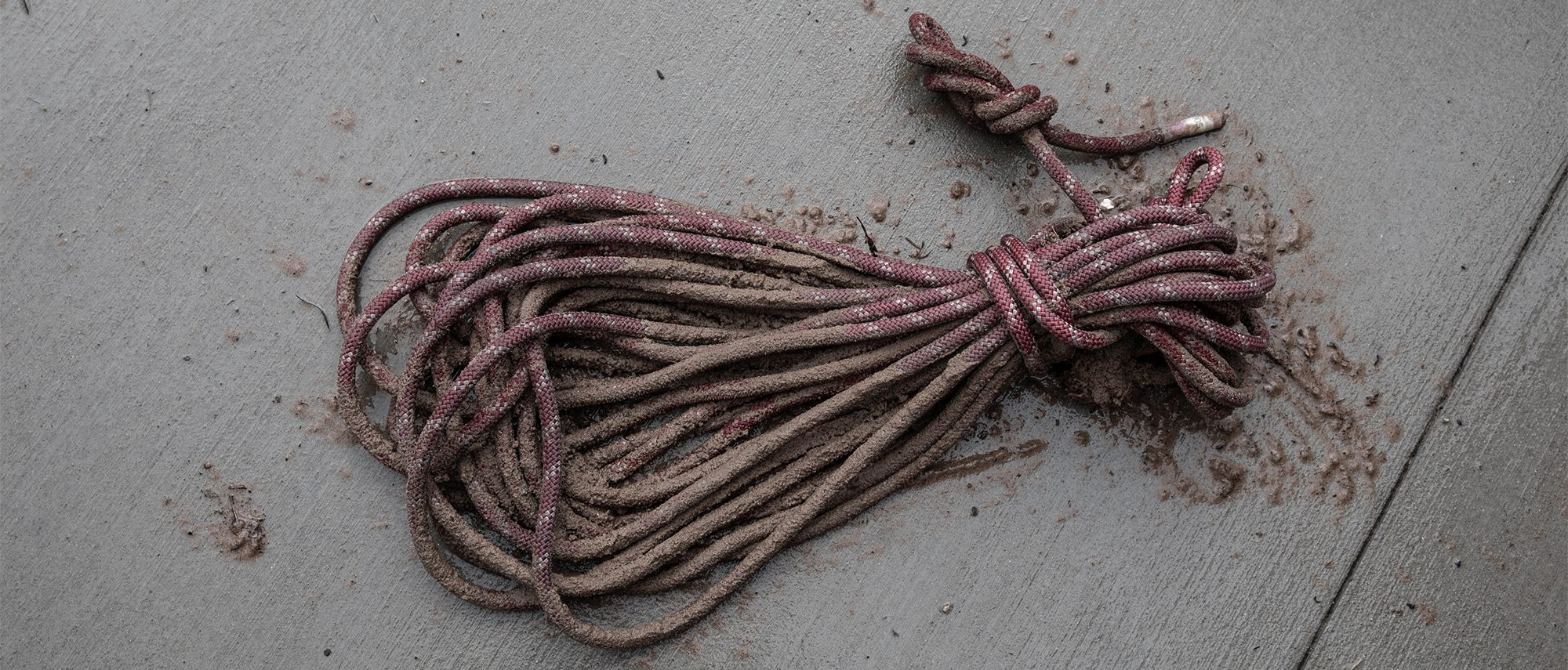
How to Clean and Decontaminate your Life Safety Equipment
CMC is issuing the following updated recommendations on how to clean and decontaminate life safety equipment. We define cleaning as removing dirt, grime, and minor oxidation transfer; while decontaminating is intended to neutralize viruses, bacteria, and other pathogens.
Always refer to department guidelines and regulatory guidance for best practices. Inspect equipment carefully and give strong consideration to replacement. When in doubt, throw it out.
Cleaning
All rope rescue and access equipment should be kept clean and free of dirt and grit to prevent wear that will reduce the strength, effectiveness, and service life. After the equipment has been cleaned, remember to re-label it as necessary and enter the date, cleaning method, and inspection data into a log. CMC recommends the following washing procedures.
Rope
- Rinse off any excess dirt using clean water from a hose.
- Soak the rope for approximately 30 minutes in a tub of warm water and mild detergent that is safe for nylon and polyester (Woolite® or equal). Use the ratio indicated by the product manufacturer.
- Run the rope twice through a rope washer (Bokat or equal) – repeat more times if the rope is exceptionally dirty.
- Rinse and soak the rope for 15 – 20 minutes in a separate tub with clean water and Downy® fabric softener.
- Hang wet ropes in the shade until completely dry.
At the time of manufacture, rope fibers are treated with a lubricant to minimize internal friction. Some of this lubricant is washed out of the rope in the cleaning process. Adding Downy® fabric softener during the rinse cycle helps restore these protective properties.
Webbing
- Wash webbing in a laundry bag in a front-loading washing machine on the gentle cycle using the warm water setting and a mild detergent that is safe for nylon and polyester (Woolite® or equal).
- Hang webbing in a shaded place until completely dry.
Sewn Gear
- D-Rings, buckles, and other hardware tend to damage washing machines.
- Soak this equipment in a tub of warm water and mild detergent (Woolite® or equal).
- Scrub with a stiff bristle brush to remove heavy dirt deposits.
- Rinse with clean water, taking extra care to completely remove detergent.
- Hang sewn gear in a shaded place until completely dry.
Hardware
- Wipe the dirt off the outside surfaces using a clean, non-abrasive cloth.
- If necessary, wash in a solution of warm water and mild detergent (Woolite® or equal).
- Rinse thoroughly with clean water to remove detergent.
- Be sure to remove all dirt from moving parts (We use Q-Tips to clean the MPDs).
- Dry thoroughly. An air hose or hair dryer can help dry hard-to-reach spots.
- After washing and drying, periodically apply a dry or non-sticky lubricant to preserve the life and performance of our hardware (WD40, LPS1, or equal).
- Avoid lubricating designated friction points along the rope path of devices like the MPD and CLUTCH, and wipe off any extra lubricant as it can become a dirt attractant.
Guidance
For more information on washing rope and hardware maintenance, please see NFPA 1858 Standard on Selection, Care, and Maintenance of Life Safety Rope and Equipment for Emergency Services.
Decontamination
With the increasing concern for personal safety when dealing with pathogens, CMC has developed procedures for decontaminating life safety rope, webbing, and equipment. Before implementing these measures, be sure to understand the difference between cleaning and decontaminating. If your goal is to remove dirt and grit, refer to our guidance on routine cleaning for more information.
- Cleaning is intended to remove dirt, grime, and minor oxidation transfer
- Decontaminating is intended to neutralize viruses, bacteria, and other pathogens.
In the event that materials come in contact with bodily fluids or other forms of contamination, be aware of the risks involved with disinfecting soft goods and sanitizing equipment. Refer to department guidelines and regulatory guidance for best practices. Inspect equipment carefully and give strong consideration to replacement. CMC emphasizes the need to thoroughly rinse life safety rope of any fiber type as the final step in decontamination. Use caution when decontaminating rope or webbing multiple times.
Rope & Webbing
- Wear proper Personal Protective Equipment (PPE) when handling these items.
- Wash for 20 minutes using hot water at a sustained temperature of ≥50˚C (122˚F) and mild detergent that is safe for nylon and polyester (Woolite® or equal). While this treatment reduces contamination without damaging soft goods, it has not been tested in neutralizing COVID-19 or other specific pathogens and may not be 100% effective.
- Rinse and soak these items for 15 – 20 minutes in a separate tub with clean water and Downy® fabric softener.
- Hang soft goods in a shaded place until completely dry.
- Properly dispose of PPE used in the decontamination process (gloves, mask, etc.).
- Thoroughly wash hands and consider applying a sanitizing agent like Purell.
Current hospital COVID-19 disinfection methods involve high temperatures or bleach. CMC does not recommend the use of chlorine bleach to disinfect life safety rope and webbing. There are other hospital grade solutions which are more effective at disinfecting soft goods and less prone to causing damage. Please refer to CMC’s studies on the use of bleach for more information on how repeated exposure degrades the strength of soft goods.
Lysol IC is a possible disinfectant to consider based on its previous use by the caving community. Our initial testing indicates that when used at the recommended ratio, Lysol IC does not reduce rope strength. What remains to be tested is whether repeated exposure has any impact. The caving community has since transitioned to using hot water and soap/detergent to disinfect soft goods. This is the practice recommended by CMC based on current testing data.
Sewn Gear & Hardware
- Wear proper Personal Protective Equipment (PPE) when handling these items.
- If necessary, perform preliminary cleaning. Wipe away dirt with a clean cloth or brush and wash in a solution of warm water and mild detergent (Woolite® or equal).
- Rinse thoroughly with clean water to remove detergent.
- Sanitize equipment by wiping it down with an off-the-shelf disinfectant (Lysol, Clorox Wipes, or equal). Refer to the manufacturer for appropriate product use.
- Dry thoroughly. An air hose or hair dryer can help dry hard-to-reach spots.
- Properly dispose of PPE used in the decontamination process (gloves, mask, etc.).
- Thoroughly wash hands and consider applying a sanitizing agent like Purell.
Summary
- Distinguish between cleaning and decontaminating
- Consider equipment replacement versus decontaminating
- Use an appropriate disinfecting / sanitizing agent.
- Review manufacturer recommendations for detergents, disinfectants and other agents.
- Beware of obvious impacts to equipment (color change, “bleaching”, strong odor)
- There may be other factors that could vary results (age, method, wear & tear etc..)
- Use caution when decontaminating equipment multiple times (keep a log)
Guidance
For further information on disinfectant testing on life safety rope, other rope testing results, and maintenance or rope and hardware, please see the following:
- CMC 5th Edition Rope Rescue Field Guide; CMC app (free download)
- NFPA 1858 Standard on Selection, Care, and Maintenance of Life Safety Rope for Emergency Services
- Papers/presentations available at www.itrsonline.org

